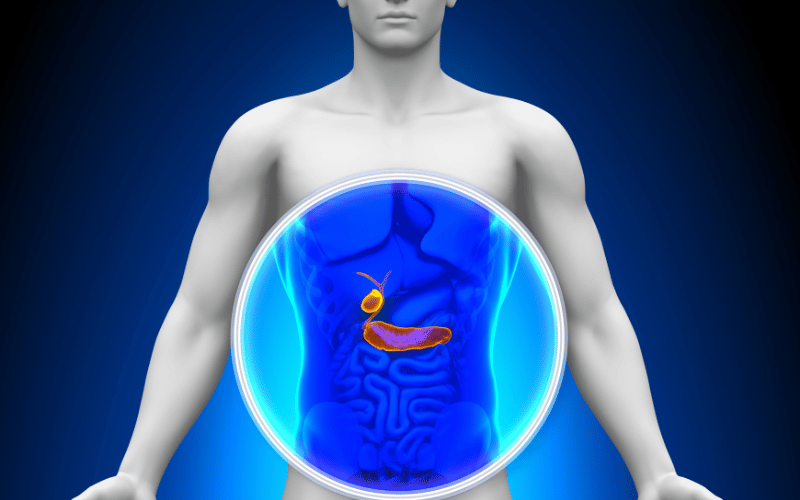Introduction
Gastrinoma is a medical condition that often flies under the radar, yet its implications are profound. Originating either in the pancreas or the duodenum, gastrinomas are tumors that lead to the overproduction of the hormone gastrin. This hormone is typically responsible for stimulating the stomach to produce acid, aiding digestion. However, an excess of this hormone can cause a series of complications that manifest as symptoms.

While gastrinoma is a term that might not be on the tip of everyone’s tongue, it’s paramount to be aware of the symptoms it presents. The reason is simple: Early diagnosis can be the difference between a manageable condition and one that has evolved into a more serious stage, demanding aggressive treatments. And while gastrinoma itself is a rare occurrence, the symptoms it displays can be mistakenly linked to more common digestive ailments. This misidentification could lead to misdiagnosis, and in the world of healthcare, a misdiagnosis can be costly both financially and in terms of one’s health.
There’s another vital reason to familiarize oneself with gastrinoma and its signs: its malignant nature. Many gastrinomas are indeed cancerous, and they have the potential to metastasize or spread to other parts of the body. This facet underlines the importance of timely identification and intervention.
In this article, we’re shedding light on the 10 primary symptoms of gastrinoma. These symptoms, when recognized early, can guide medical professionals towards the right diagnosis, facilitating effective treatments and better outcomes for patients.
Symptom 1: Stomach Ulcers

Stomach ulcers, medically termed gastric ulcers, are more than mere discomforts. These are painful sores forming directly on the inner lining of the stomach. But how does gastrinoma come into play? The overproduction of the hormone gastrin, a direct consequence of gastrinoma, results in an excessive amount of stomach acid. This acid can erode the stomach lining, leading to ulceration.
There’s a ripple effect here. Ulcers don’t just stay silent; they manifest in several ways. Individuals might experience a burning sensation in the stomach, especially between meals when the stomach is empty. This burning sensation can sometimes be mistaken for regular hunger pangs. Additionally, if these ulcers bleed, they can lead to complications, including anemia.
However, the connection between stomach ulcers and gastrinoma is not always straightforward. Many factors, including certain medications and bacterial infections, can cause ulcers. Yet, in the context of gastrinoma, their onset is almost always due to the tumultuous environment created by the excess acid.
As ulcers progress, they can lead to other symptoms. Gastric bleeding, perforation, and even blockages can occur if they remain untreated. Thus, addressing them at the earliest is vital, especially if one has or suspects they might have gastrinoma. (1)